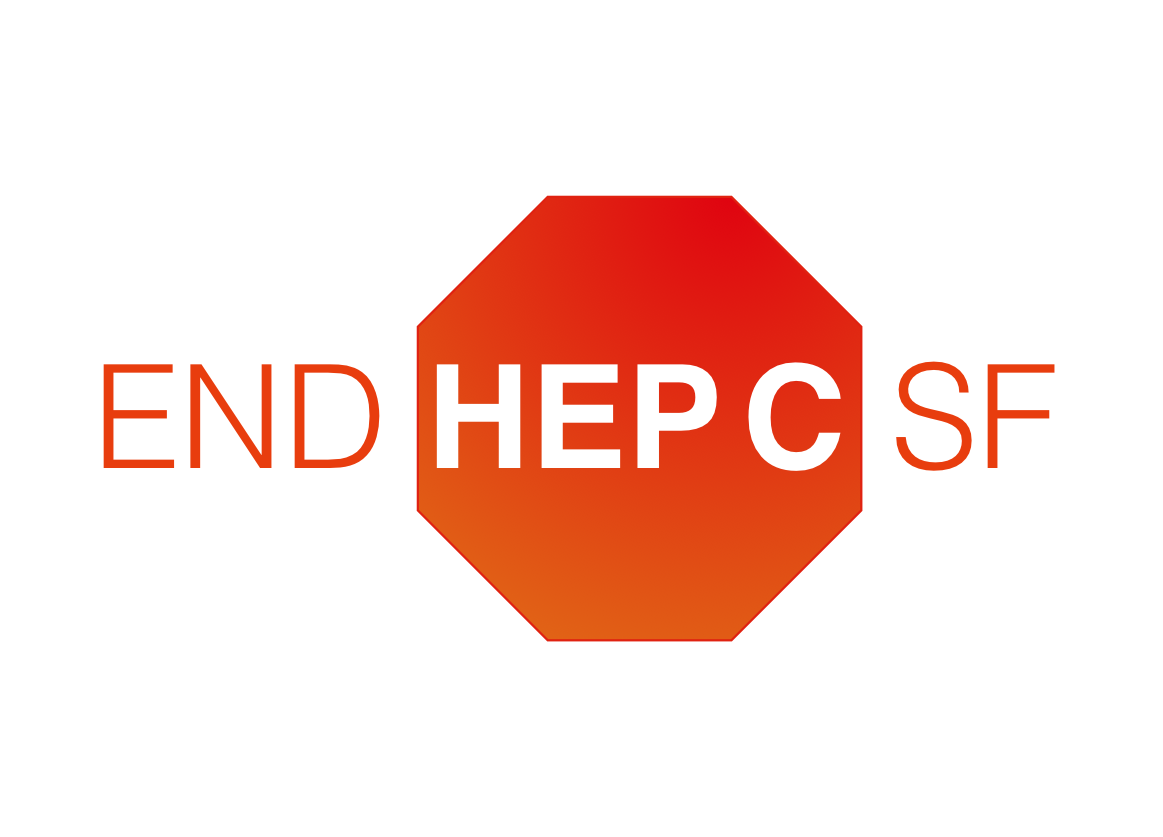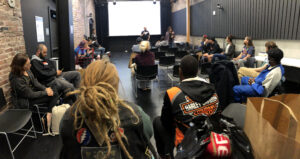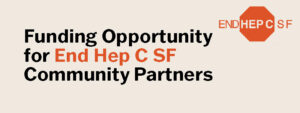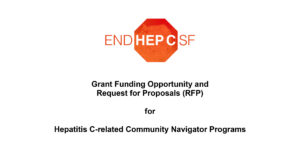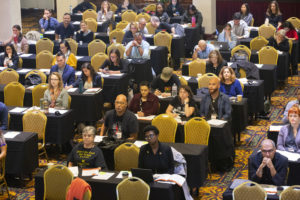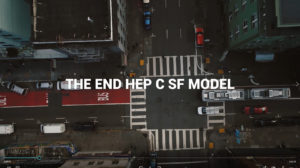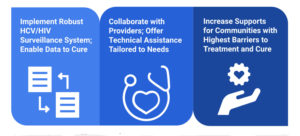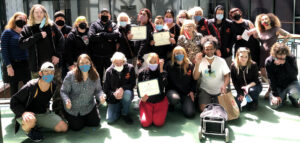How many people have hepatitis C in San Francisco?
End Hep C SF estimates that approximately 22,000 residents of San Francisco have antibodies to HCV – this is about 2.5% of all people living in San Francisco in 2015 according to the U.S. Census. Some people with antibodies have cleared the virus naturally or have taken treatments to be cured, but we estimate that around 12,000 people (a little less than 2% of the population) have active virus in their bodies. People with active virus can transmit the virus to others and their infection may progress toward liver disease; they would benefit from HCV treatment. A few thousand San Franciscans have been treated and cured with new medications, but the exact number is not easy to determine. The true number of active HCV infections could be lower than our estimate. However, we would rather conservatively estimate the number of residents who have been treated than miss counting people who need treatment.
What is hepatitis C?
The hepatitis C virus (HCV) is easily transmitted between people through blood-to-blood contact and, if left untreated, can cause chronic liver disease. While some people who are infected with HCV are able to get rid of the virus on their own without treatment, about 80% develop chronic infection, and 2 in 3 develop liver disease unless they are tested and treated. Living with HCV for several decades without treatment often results in cirrhosis (severe liver scarring), with some cases progressing to liver cancer. In fact, San Francisco has the highest rate of liver cancer in the nation, largely due to HCV and another virus, hepatitis B.
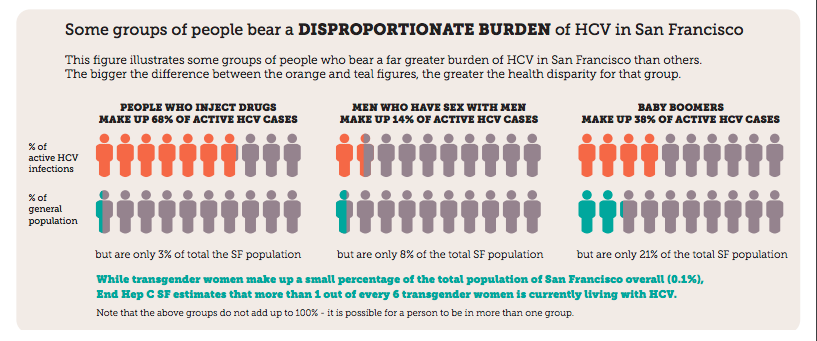
ARE SOME PEOPLE MORE LIKELY TO BE LIVING WITH HCV THAN OTHERS?
Yes. Some groups of people are much more likely to be infected than others. Approximately 68% of active HCV infections in San Francisco are among people who inject drugs, despite people who inject drugs making up less than 3% of the city’s population. Men who have sex with men make up an estimated 8% of the population, yet account for 14% of active HCV infections. Baby boomers (people born between 1945 – 1965) make up 21% of the population, but about 38% of active HCV infections. Almost 72% of active HCV infections in San Francisco are among men. If you have ever injected drugs, are a man who has sex with men, are a transgender woman, or were born between 1945-1965, End Hep C SF recommends talking to your medical provider about testing for HCV.
HOW DOES SAN FRANCISCO COMPARE TO THE REST OF THE U.S. WHEN IT COMES TO HCV?
The estimated percentage of people with HCV antibodies in San Francisco (2.5%) is significantly higher than the national percentage (1.7%).1 It is not a surprise that the burden of HCV disease is greater in San Francisco, since a higher proportion of our residents are in the groups at highest risk for HCV. We must act decisively and urgently to reduce the burden of disease among San Franciscans.
HOW DOES HCV COMPARE TO HIV IN SAN FRANCISCO?
The most recent estimates from the San Francisco Department of Public Health (SFDPH) state that approximately 16,000 people are living with HIV in San Francisco2 – very similar to the number living with HCV. However, HIV is concentrated among men who have sex with men (89% of infections), and 21% of HIV infections are among people who inject drugs. An early commitment to HIV prevention, testing, and treatment – along with a strong system for data about the disease locally – have greatly reduced HIV transmission and the burden of HIV disease in San Francisco. San Francisco’s experience with HIV provides important lessons for our efforts to eliminate HCV, given that new HCV treatment options allow us to cure HCV infection.
What is End Hep C SF?
We now have highly effective HCV treatments that target the virus itself, have few side effects, and cure HCV in nearly all people. Given these recent medical advances, we have the potential to eliminate HCV as a public health threat in San Francisco. With this goal in mind, in 2016 the SFDPH, University of California, San Francisco (UCSF), and more than 30 community partners came together to establish End Hep C SF, an independent consortium of medical professionals, public health workers, and community members working to eliminate HCV in our city. More information about End Hep C SF is available in our Strategic Plan, available at https://tinyurl.com/EndHepCSFstrategicplan.
One key part of End Hep C SF’s strategic plan is to improve research about HCV in San Francisco, especially about grouof people who are most likely to get infected. This research is essential to guide programs and policies toward elimination. To that end, the Research and Surveillance Workgroup of End Hep C SF has calculated a population estimate for the number of people living with HCV in San Francisco.
What Now?
San Francisco has already implemented many strategies to prevent the spread of HCV. Now that we have an estimate of the number of people living with HCV in our city, we can fine-tune those strategies to prevent new infections, cure those already living with the disease, and reduce the health inequities that mean some groups of people are much more heavily impacted by HCV than others. End Hep C SF is a coalition of partners from many sectors who are committed to working together to make these changes. A continued commitment to collecting and analyzing data about HCV in San Francisco will help us measure the changes we are making and improve the effectiveness of our efforts. Working together, we can eliminate HCV!
1. Rosenberg, et al. Estimation of state-level prevalence of hepatitis C virus infection, US States and District of Columbia, 2010. Clinical Infectious Diseases 2017; epub before print, doi:10.1093/cid/cix202
2. San Francisco Department of Public Health. HIV Epidemiology Annual Report 2015. San Francisco: HIV Epidemiology Section; 2016.
